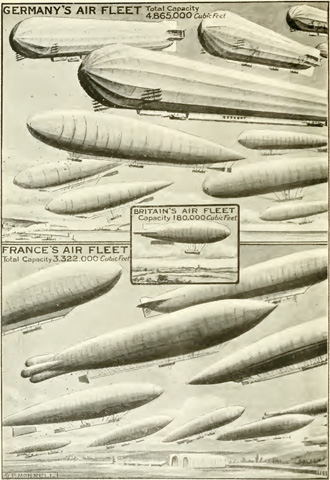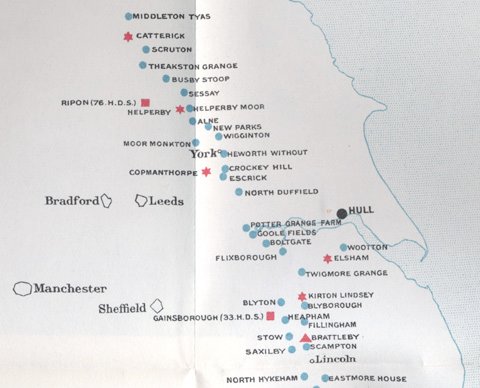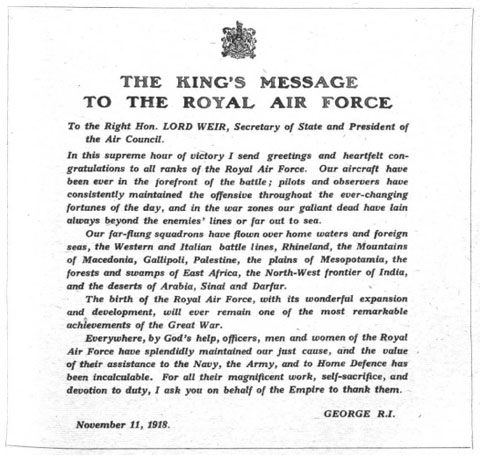Cabbage crates coming over the briny?
Some perfectly ordinary banter, c. 1917: First “Hun”: “Did you see old Cole’s zoom on a quirk this morning?” Second “Hun”: “No, what happened?” First “Hun”: “Oh, nothing to write home about … stalled his ‘bus and pancaked thirty feet … crashed completely … put a vertical gust up me … just as I was […]




